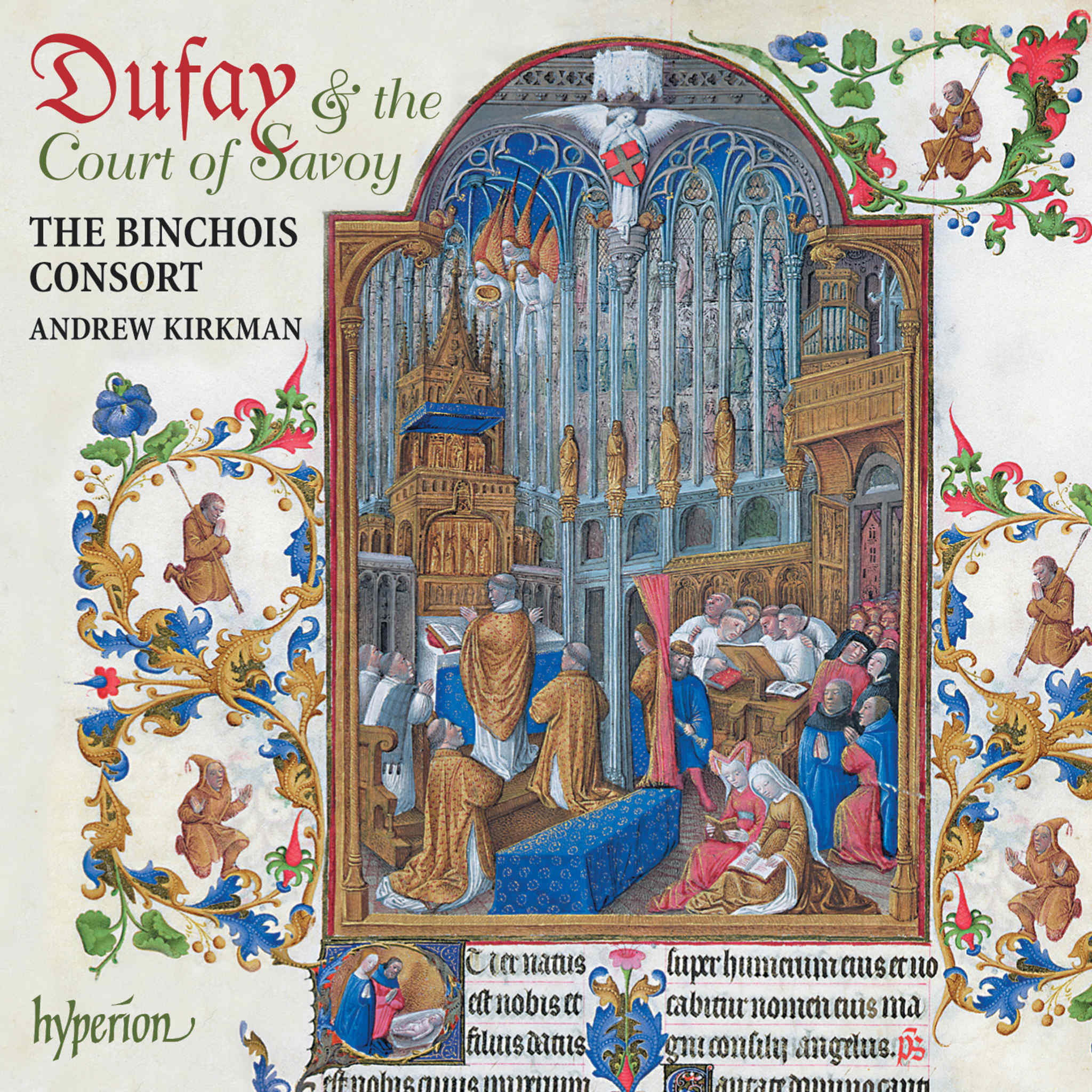Album insights
Constanze Mozart held high expectations for her younger son, Franz Xaver Wolfgang, who showed early talent as a pianist. Under the guidance of acclaimed musicians like Antonio Salieri and Hummel, Franz Xaver embarked on his musical journey. At the age of 14, he performed publicly in Vienna and later sought refuge in Galicia to teach music. Despite concert tours across Europe, including cities like Warsaw and Prague, Franz Xaver faced moderate financial success. His compositions, mainly for solo piano, are now seldom performed, yet his piano concertos, notably the C major concerto, reveal his skillful craftsmanship reminiscent of his father's work.
Franz Xaver's piano concerto in E-flat major, composed in 1818, showcased his evolving style, blending influences of Hummel and Weber. The concerto, catering to upcoming concert engagements, exhibits complex piano figurations akin to Mozart's symphonies. In a nod to his father's artistry, Franz Xaver incorporated elements from W. A. Mozart's works, such as Gavottes and expressive solo passages. The concerto's elegant, dialogue-rich structure highlights familial resemblances while introducing innovative thematic developments.
Muzio Clementi, a versatile musician born in 1752, gained prominence as a composer and keyboard virtuoso in London. During a pivotal performance in Vienna in 1781, Clementi engaged in a piano competition with Mozart, eliciting mixed reviews. Despite Mozart's critical stance, Clementi's rendition of a theme from his sonata found its place in Mozart's opera overture. Clementi's C major piano concerto, composed in the late 1780s, reflects a slender and dynamic construction, incorporating elements reminiscent of Mozart's earlier works. The concerto's structure, designed for various instruments, unfolds with spirited virtuosity and lyrical depth.
By Richard Wigmore © 2016







